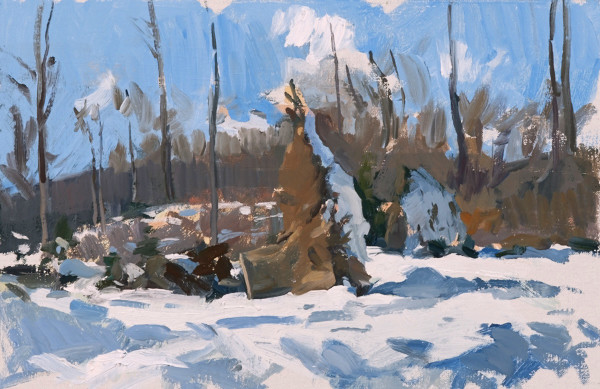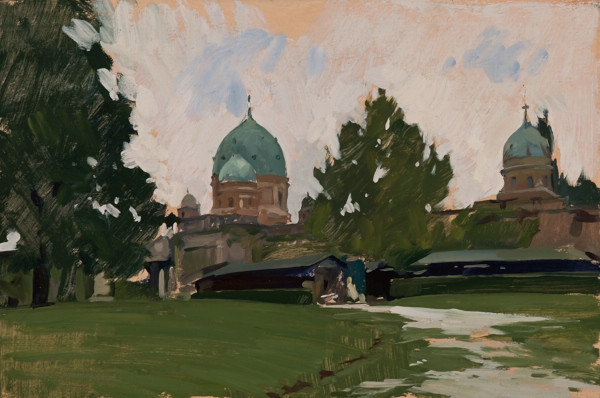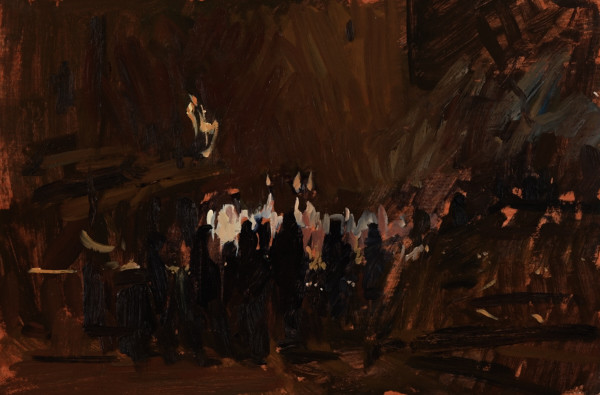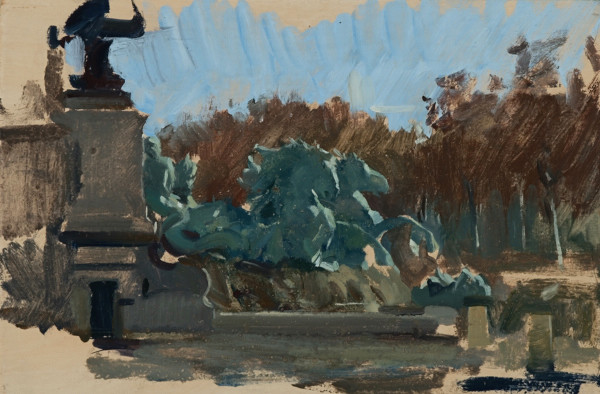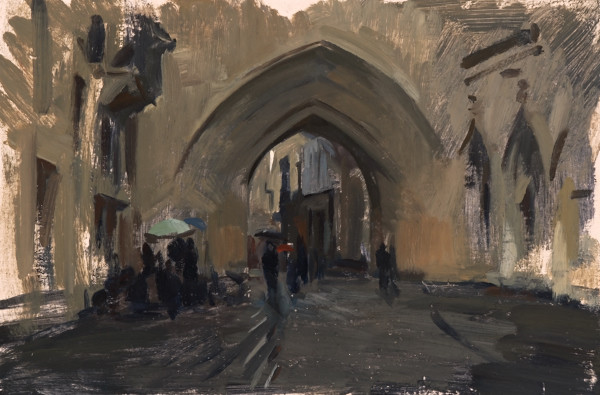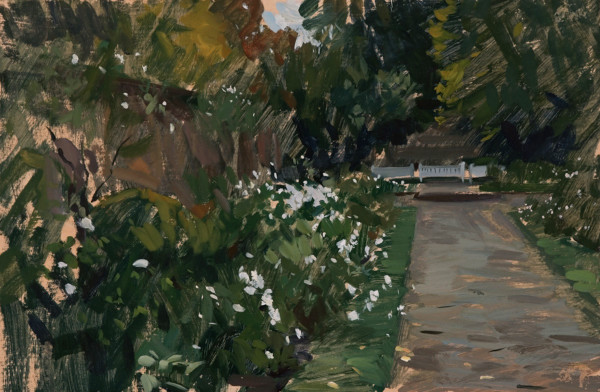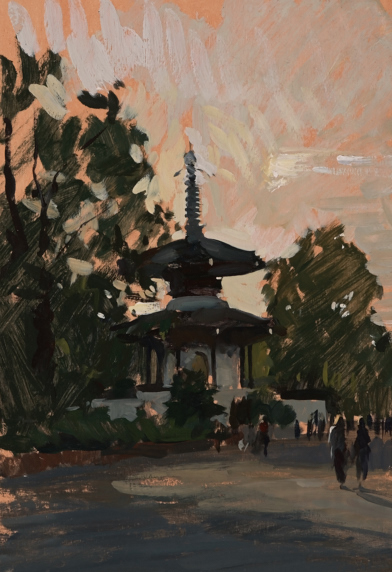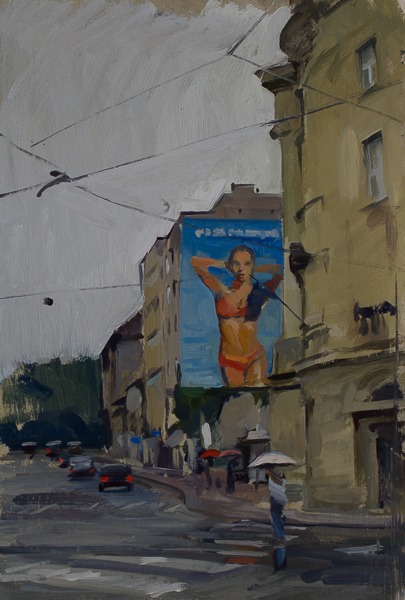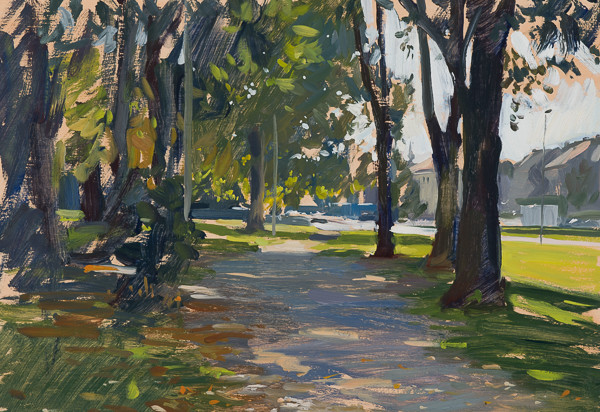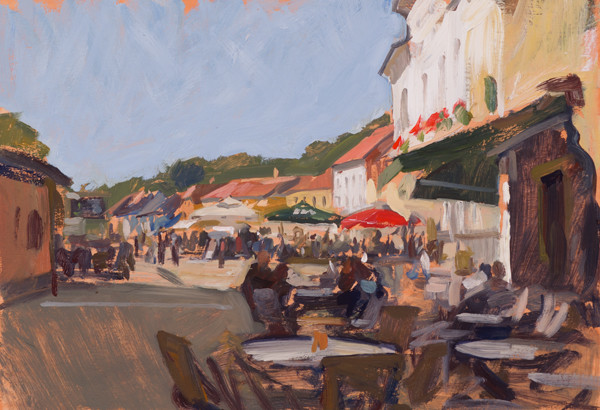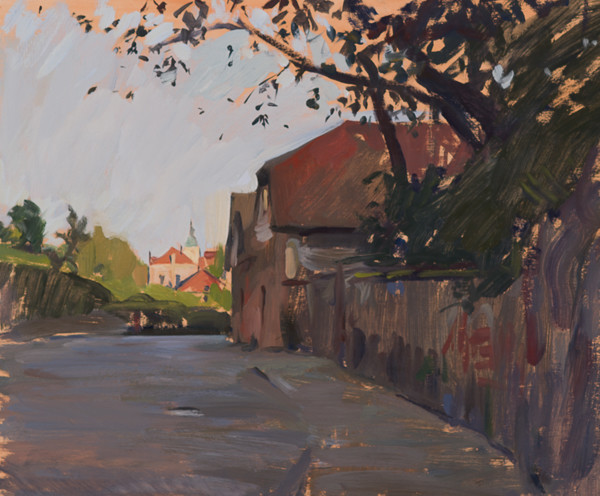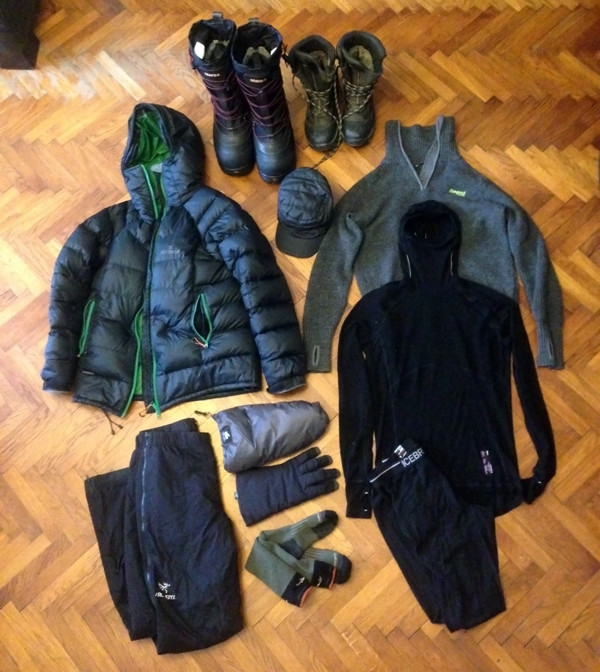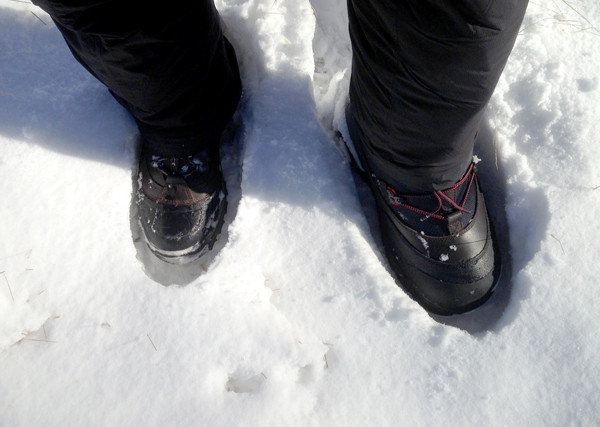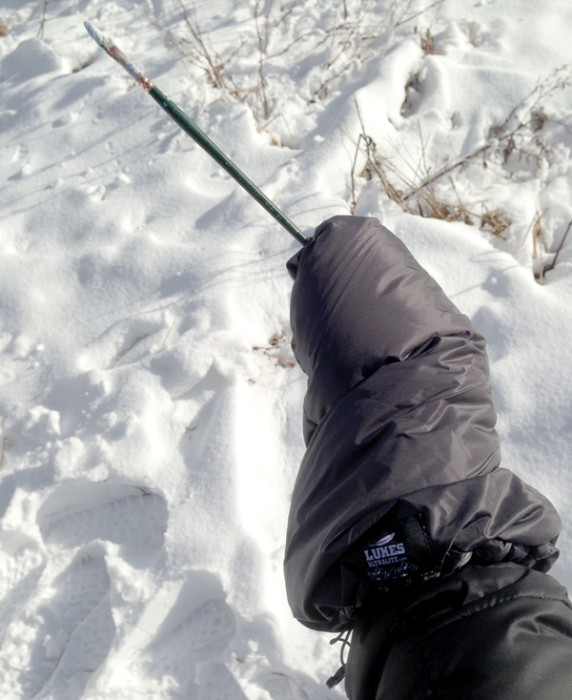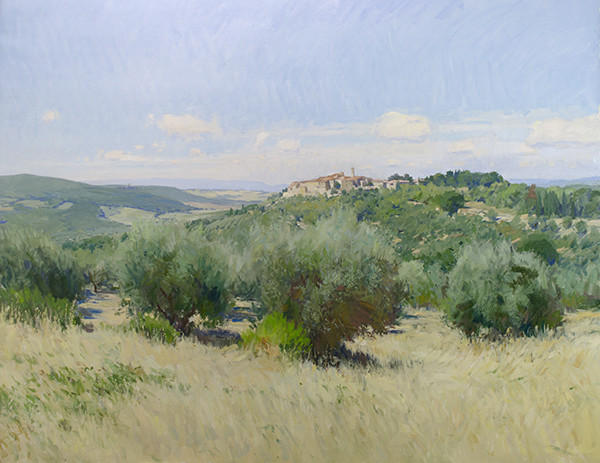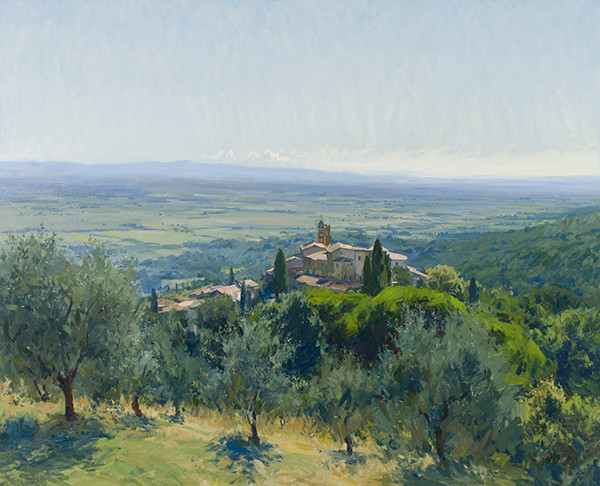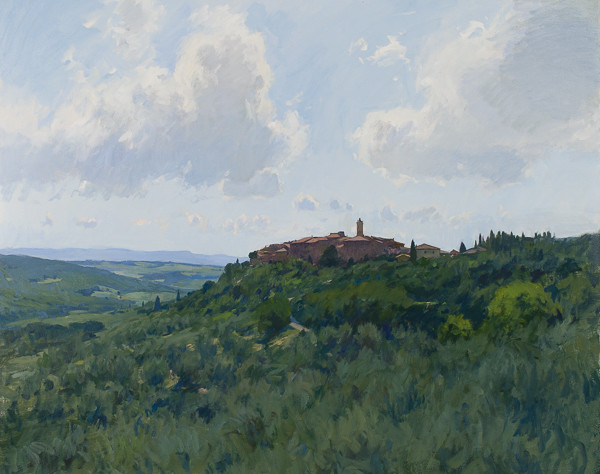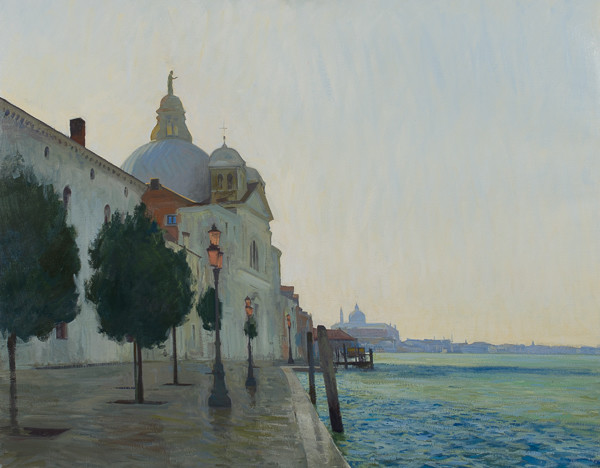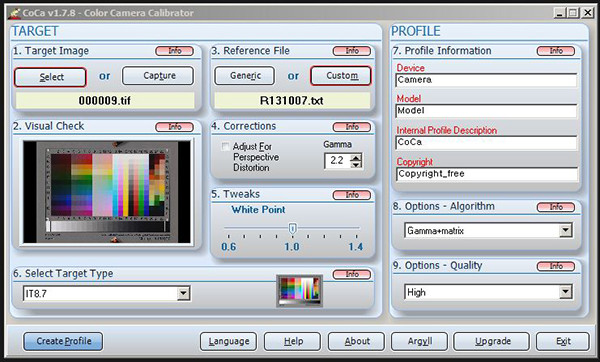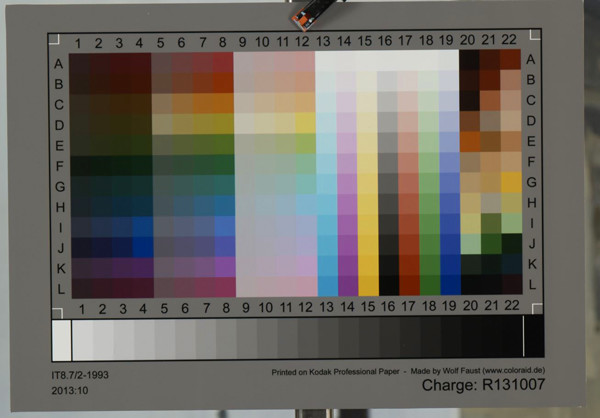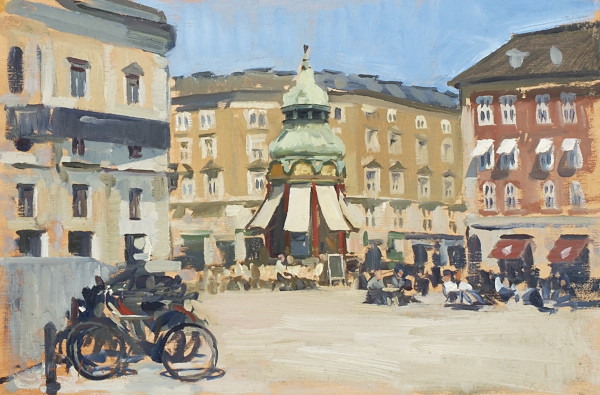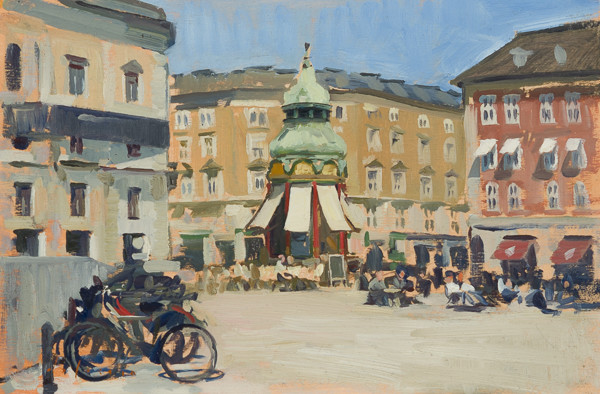Here is a short, two minute, time lapse video of a large studio landscape I painted over the last couple of weeks. After buying a ton of winter gear for plein air snowscapes we’ve had a really warm, snow-free winter, and I’ve had colds and flu for two months and been stuck inside the whole time. On the bright side, I did manage to get a lot of studio work finished.
This painting was enlarged from a plein air sketch I originally did on Diaz Beach at the Cape of Good Hope in South Africa two years ago. I also did a number of drawings to design the composition and I had photographs that I used for information in the areas which my sketch didn’t cover. Even though I had thought out the composition that I wanted with drawings, as you can see in the video I often make changes after I get started as it is easier to see what works and what doesn’t on the large canvas.
I’ve added some annotations in the video to explain some of my decisions while working and I explain some compositional rules. I feel it’s important to reiterate that, while I believe it’s important to understand rules in painting, often the paintings that we remember -the ones that really stay with us for a long time- are precisely the ones which break those rules.
That said, the compositional error of having major elements all the same size is something I do feel hurts a lot of paintings, some of mine included. It is something artists should be aware of.
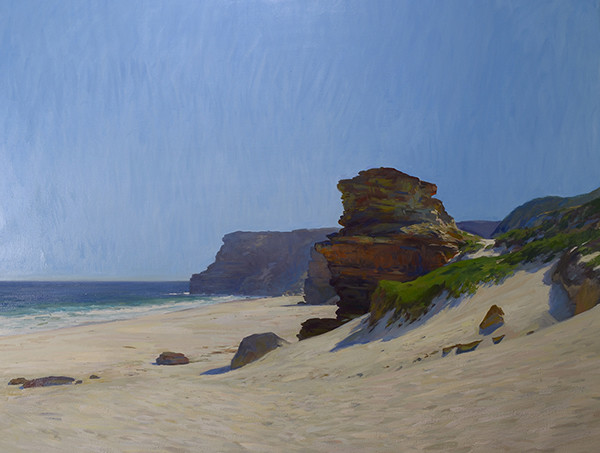
Diaz Beach, the Cape of Good Hope. 120 x 150 cm, oil on linen.
